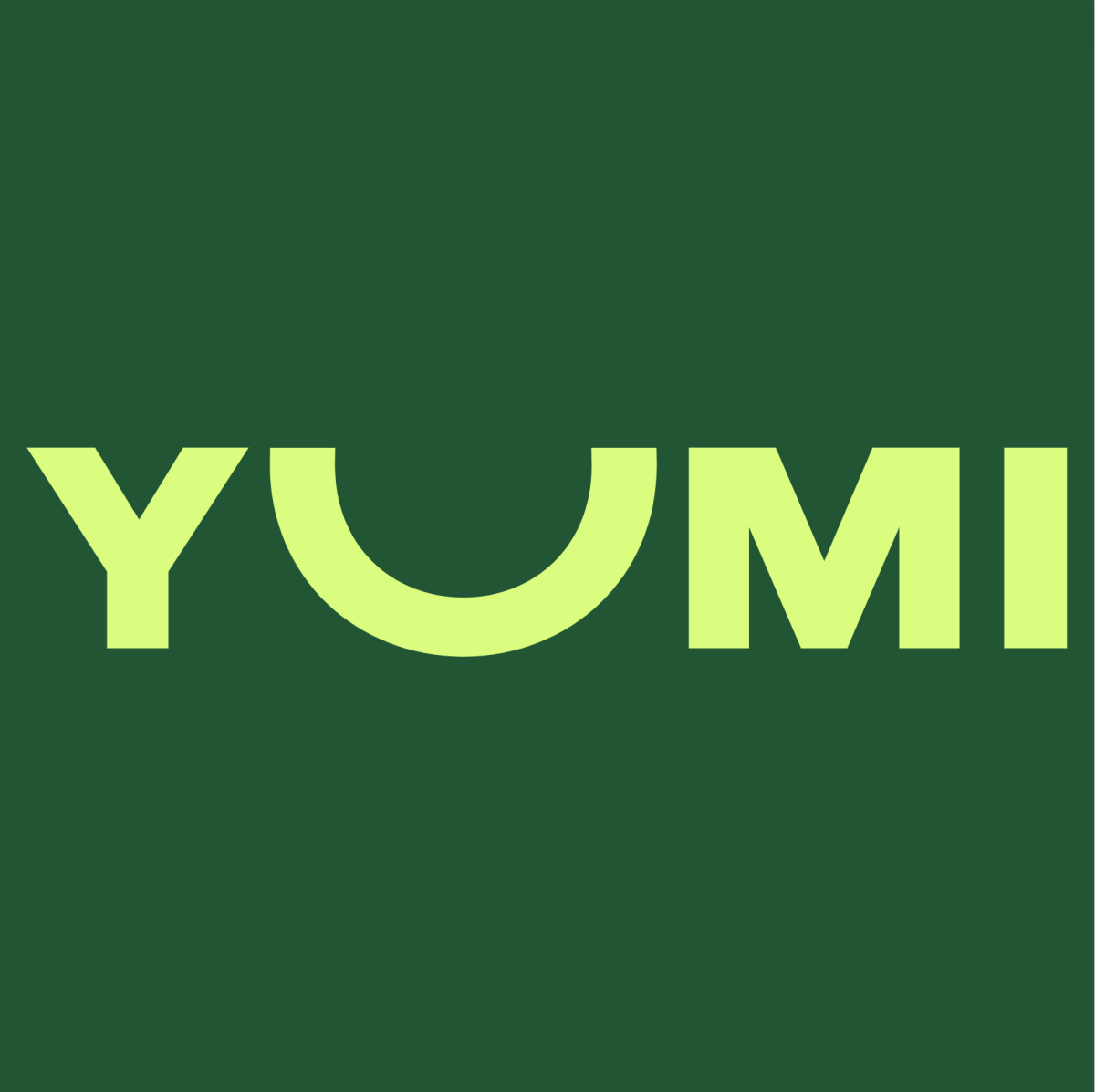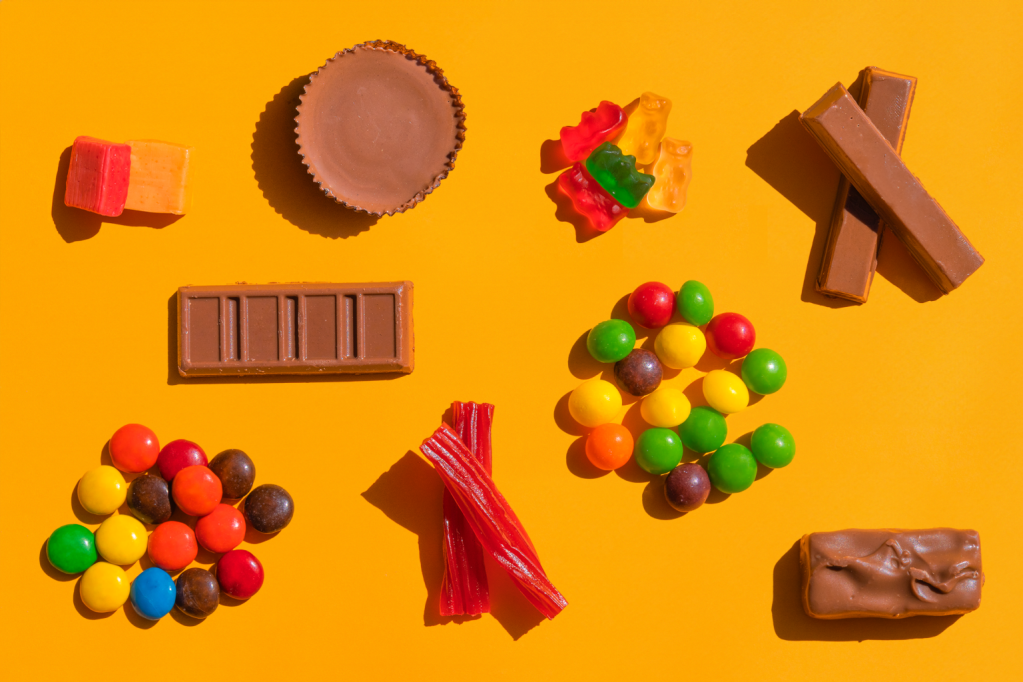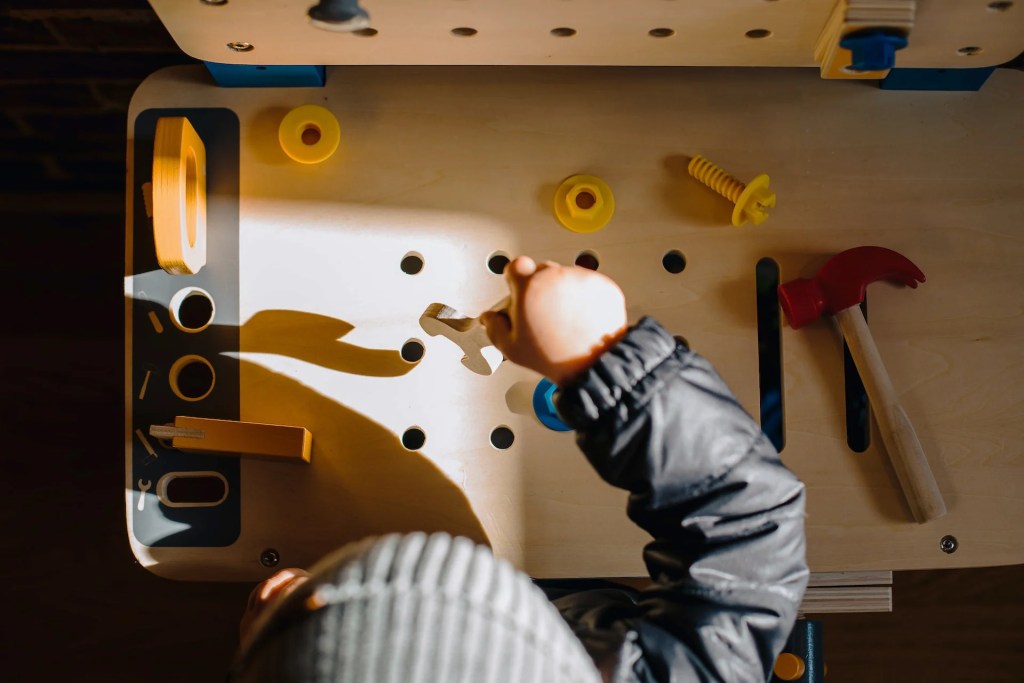What Should I Feed My Child? Baby Food Milestone Plans
Ensuring that your little one is getting a balanced diet and fulfilling their nutritional needs is important, and you’ll likely do a lot of research in the process. From figuring out when to start solids, how to wean off breastfeeding, and how to move through different solid stages with your little one, there’s a lot to know! Especially when it comes to your baby’s diet plan.
There are different diet plans that different people swear by. Some parents prefer baby-led weaning which lets your baby decide when to move on to a different food and gives them control of their eating. Other parents prefer a baby diet plan such as moving through the baby stages. If you’re not sure which diet plan is best for your little one, you’ve come to the right place!
Here at Yumi, we’ve carefully crafted a milestone plan that incorporates the baby food stages with the various developmental milestones your baby hits as they grow older. From food consistency, number of ingredients, and your baby’s changing nutritional needs, our best-selling Milestone Plan is personalized for your baby so you can order baby food worry-free.
Here’s a guide breaking down baby food plans and how you can incorporate them!

The Milestone Plan
Most baby food brands offer three to four stages of baby food. While this moves with their development, it fails to recognize that baby’s have nutritional needs that go deeper than what just four stages have to offer.
The Milestone Plan is a detailed plan that’s tailored to your baby’s developmental milestones. From purees to finger foods, a milestone plan is much more detailed than the typical three baby food stages, and adds attention to nutrients and minerals, rather than just moving up in consistency.
There are 8 different stages in the Milestone Plan. Here’s a brief description of each.
Stage 1
The first stage of baby food begins when your baby is ready to eat solids. This can be as early as 4 months, and as late as 6 or 7! Each baby has their own pace, but you will know when your baby is ready for solids if they can hold their own head up and move a spoon or food towards their mouth.
Stage 1 baby foods include thin, soupy purees packed with lots of iron! These will also be single ingredient baby foods to go gentle on your little one’s tummy. Some stage 1 foods include spinach purees, zucchini purees, or purees of blueberry and dragon fruit.
This stage is when your baby will explore their five senses, develop independence and confidence when eating, so things may get messy! While we’re all about embracing the mess, stocking up on bibs is a great idea.
Stage 2
The second stage of baby food occurs within the same age range as the first stage, but these foods are slightly thicker purees. They have added thickness and textures for your baby to move on to so they can develop their palettes, and for their enjoyment!
These foods are also iron-rich! Iron helps your baby in a lot of ways. It’s essential for development, oxygen circulation, and growth! Since your baby will be relying less on breast milk during these two stages, supplementing iron into their diets is important.
Stage 3
Once your baby is 7 months or showing signs that they’re ready to move on to the next stage, you can begin introducing our Stage 3 foods. Stage 3 foods include pureed, multi-ingredient blends! Combining two or more ingredients helps develop your baby’s taste and texture palate .
At this stage, your baby will start exploring the world through movement, so we pack our Stage 3 foods with protein! This supports strength, energy, and mobility!
Stage 4
At Stage 4, things start getting chunky! This stage roughly begins at 8 months. Your baby can start eating mashed foods with two or more ingredients! These foods also have seeds, fibers, grains, and skins for added nutrition and added texture!
At this stage, your baby will need magnesium to support their sleep. Sometimes, all your little one needs is a nap, so we’ve packed our Stage 4 foods with magnesium to support their sleep schedule.
Stage 5
Stage 5 foods are mashed and chunky and can become a part of your baby’s diet once they’re 9 months. These foods are multi-ingredient chunky purees with lots of added texture. We like to blend whole ingredients including fibers, chia seeds, and whole grains to provide texture and nutrients.
Your baby’s metabolism and blood cell formation at this stage need to be supported. Chia seeds, grains, and other textured ingredients supply copper, magnesium, and manganese to support these functions as your little one grows!
Stage 6
If you thought your little one was messy before, just wait! Stage 6 begins at around 10 months and involves lots of hands-on action. Stage 6 foods are thick, chunky, and made for your baby to pinch with their hands. Things can get fun here, but this stage is also a vital aspect of development for their motor skills and independence!
By letting your little one take a hands-on approach to eating during this stage, they gain confidence and develop their fine motor skills. The nutrients in these foods support your baby’s movement and strength.
Stage 7
Stage 7 starts at 11 months and involves chewier foods that they can pick up with their hands. At 11 months, your little one’s independence emerges, and they’ll begin to take charge of their eating (if they haven’t already).
Some foods for this stage include nutrient-dense snack bites such as our Sweet Potato Latke Bite, or our Pizza Bite!
Stage 8
Stage 8 is the last developmental stage for baby foods. When your little one reaches 11 months, they’ll be snacking around two times each day, so we’ve made two nutritious snacks for your baby to eat during this last stage.

Why Use a Baby Food Plan?
Baby food diet plans have an abundance of benefits!
For instance, before 4-6 months, your baby has only ever known breastmilk or formula. While these have provided all the nutrients they need, their tummies may be sensitive to solids. By following the food stages, you can slowly introduce new foods and be gentle on your little one’s tummy and metabolism.
It can also help your baby get used to textures. According to the American Academy of Pediatrics, it’s important to offer a variety of textures when feeding your baby early on. What you feed your baby now sets the stage for their future health and eating habits. But offering your baby new foods isn’t always easy. This is where baby food stages come in handy!
The baby food stages slowly introduce textures and tastes to your baby, which is vital to cultivating their palettes. Babies can be picky, so gradual introduction is sometimes the best strategy. As they explore solid foods with their senses, they may not take to a color, smell, taste, or texture right away. The food stages start with thinner foods that resemble breast milk in texture, and move to mashed, chunkier foods, all the way to bite-sized nutrient-rich snacks and puffs, to slowly integrate textures and tastes.
Tip: If your baby does reject a food, try offering it to them before mealtime or when they display signs of hunger. Even if they push the food away the first few times, they may just be reacting to a smell, color, or texture. Presenting it to your baby a few times may help them get used to it and want to try it!

What If I’m Following Baby-Led Weaning?
Baby-led weaning is a feeding technique that has been growing in popularity. It starts at 6 months and is a way for your baby to self-feed. In other words, it gives your little one the freedom to eat at their own pace. They can explore baby food with all their senses, eat as messily as they want, and gain independence, confidence, and hand-eye coordination in the process.
If you’re wondering whether baby-led weaning interferes with the baby food stages or a milestone plan, the answer is—not really!
Every baby’s pace is different, so while one baby who is feeding themselves may be at stage 6 and another at stage 4, the plan remains the same! Plus, following a baby food plan with baby-led weaning continues to promote their development by providing the nutrients and minerals they need.

Summary
Knowing what to feed your baby and when involves a lot of factors, and these factors aren’t a one-size-fits-all guide. While one baby may move through a diet plan at the recommended ages, another may move more slowly or more quickly. You may also prefer a baby-led weaning method instead, which gives your baby the freedom to move at their own pace.
Each baby has their own pace and knowing which pace your baby is at will be evident with their hunger cues and your instincts.
Learn more about Yumi’s milestone plan here!
Sources









